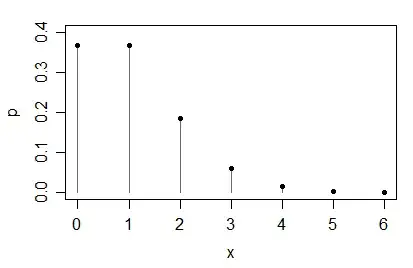According to this lecture note, Eq. 25 gives the coordinate ascent update for latent variable $z_k$ as follows
$$q^*(z_k)\propto\exp(E_{-k}[\log{p(z_k,Z_{-k},x)}])$$
and I understand the derivation for this formula. But in the following Bayesian mixtures of Gaussians example section, try to find the specific update formula for latent variable $z_i$ as the following picture:

Eq. 36 is the same as the above Eq. 25, what confuses me is Eq. 38, why omit the terms which don't rely on $z_i$?
I think if we substitute Eq. 37 back into 36, we will have more terms than Eq. 38, like this $$q^*(z_i)\propto\exp(\log\pi_{z_i}+E[\log p(x_i|\mu_{z_i})]+E[x])$$
where $E[x]$ is a short-hand notation for those more terms, I just don't quite understand why we could omit them? Just because it could be re-written as follows, which is like a constant multiplying the $\exp$? $$q^*(z_i)\propto \exp(E[x])\cdot\exp(\log\pi_{z_i}+E[\log p(x_i|\mu_{z_i})])=\alpha\cdot \exp(\log\pi_{z_i}+E[\log p(x_i|\mu_{z_i})])$$